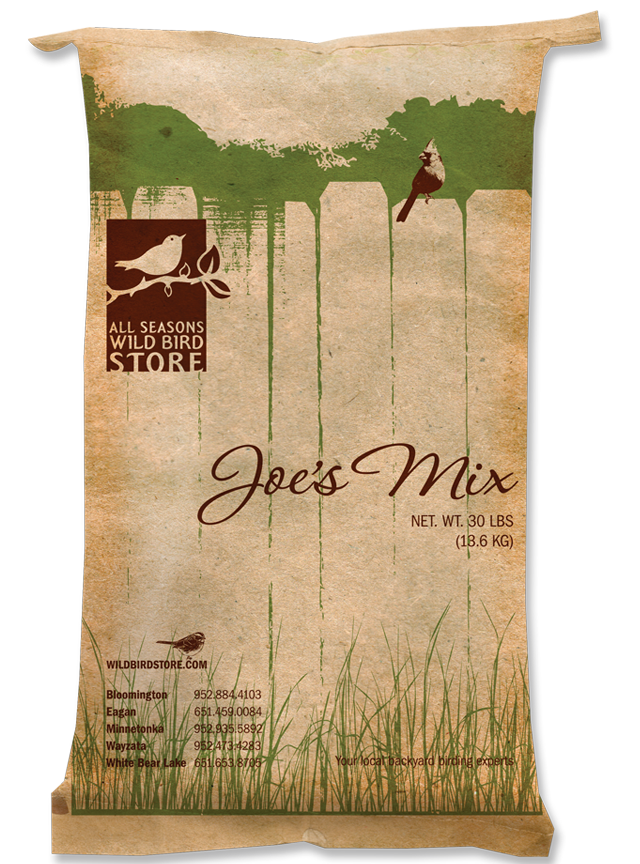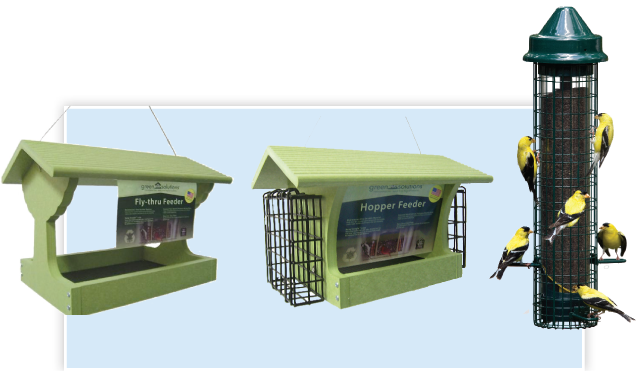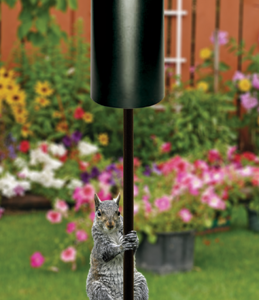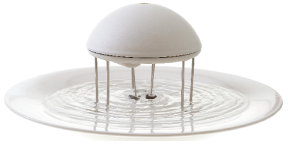Backyard birding basics
Bird Feeding 101
If you’re thinking of feeding birds, you’re in good company. Birding as a hobby currently stands second only to gardening as America’s favorite pastime. This guide will get you started successfully and will hopefully address many of the questions you have as you begin this rewarding endeavor.
What Do Birds Eat?
The diet of most songbirds consists mainly of seeds, fruits and insects. These are the foods you can use to roll out the welcome mat and set the table for our feathered friends. The easiest and most popular way to begin attracting birds to your yard is by offering seed in a tube, hopper or platform feeder.
Different types of birds prefer different seeds, but the seed that attracts the greatest number of species is black-oil sunflower. This seed has a high meat-to-shell ratio and offers a lot of nutrition for its small size. Other seeds to look for, in smaller quantities, could include both white and golden safflower, sunflower hearts, white millet, corn and peanuts. Try Joe’s Mix, it has been our most popular all-purpose birdseed mix for more than 30 years and it has the right combination of these seeds for most of our birds. For finches, we recommend Nyjer® seed, our Nyjer® and Chips mix, or our Finches’ Choice specialty mix. As a supplement, we recommend serving high-protein live or dried mealworms; they’re a treat for most backyard songbirds, especially during nesting season. If you put out a new feeder and don’t see any birds right away, don’t be discouraged. Birds are creatures of habit and
it can sometimes take a month or more before they discover a new feeder.


Feeder Types
The ideal bird feeder is sturdy, tight enough to keep the seed dry, easy to clean and large enough that you don’t have to refill it constantly. Most feeders are constructed of plastic, wood or metal. In general, seed feeders fall into three categories: platform or tray feeders (fly-through feeders), hopper feeders and tube feeders. If you are just going to install one feeder we recommend a tube feeder with a larger tray attached to the bottom. This creates a nice, all-purpose feeder that attracts the largest variety of birds.
Feeder Placement
Most importantly, put your feeder where you can see it and enjoy the birds. Feeders should be near natural shelters such as trees or shrubs and in places that are free of disturbances.
You’ll also want to consider how you feel about squirrels. If you feed birds, squirrels are sure to follow. Squirrels can climb any post or pole without a baffle, scamper along and down ropes, wire and chain. They can jump up to 5 feet vertically and leap at least 10–12 feet horizontally. There are ways to defeat theses furry bandits by using a properly placed pole with a baffle. There are also many squirrel-resistant feeders available that are very effective. Ask any of our knowledgeable staff to help with setting up a squirrel-resistant feeder.

Feeder Maintenance
You should clean your feeders at least four times a year by scrubbing them with soap and water or using a solution of one part bleach and nine parts water. Make sure you rinse the feeder well and let it dry thoroughly before refilling it. Poorly maintained feeders contribute to the spread of diseases among birds.
If moisture in your seed tubes is leading to mold growth, we recommend a product called Feeder Fresh. It’s non-toxic to birds and will reduce the condensation in the tube. It’s also very important to keep your food and food-storage containers dry and free of mold and fungus. Store your seed outside your house to avoid Indian meal moth infestations, a common grain pest. If you need to store your seed indoors, we recommend freezing the seed for at least 48–72 hours to kill any larvae that may be in the seed (we do sell moth traps if you have a problem with them).
Water Source
Providing a fresh, clean water source throughout the year will help keep birds in your yard. In fact, studies are showing that adding a bird bath is as crucial as having feeders available to attract birds—up to three times more birds! We recommend baths that are no more than 1.5″ deep and have a flat, level bottom, or are gently sloped with a textured surface to help birds wade into the bath. Be sure to clean your bath every week with the same water to bleach ratio (9:1) as your feeders. Refilling the bath with fresh water every other day in the summer will help keep the bath cleaner and fresher.
Suet
Suet cages and logs are a great way to attract woodpeckers and nuthatches to your yard. Be sure to offer suet year-round (use no-melt mixes in the heat of summer). One of the greatest joys of feeding your birds is watching the parents bring the fledglings to your yard to show them how to use the feeders!
The most important thing to remember when setting up your bird-feeding area is that this is something for you and your birds to enjoy. Our staff is on hand to help you select the best feeders and seed for your area—just drop in and visit!


